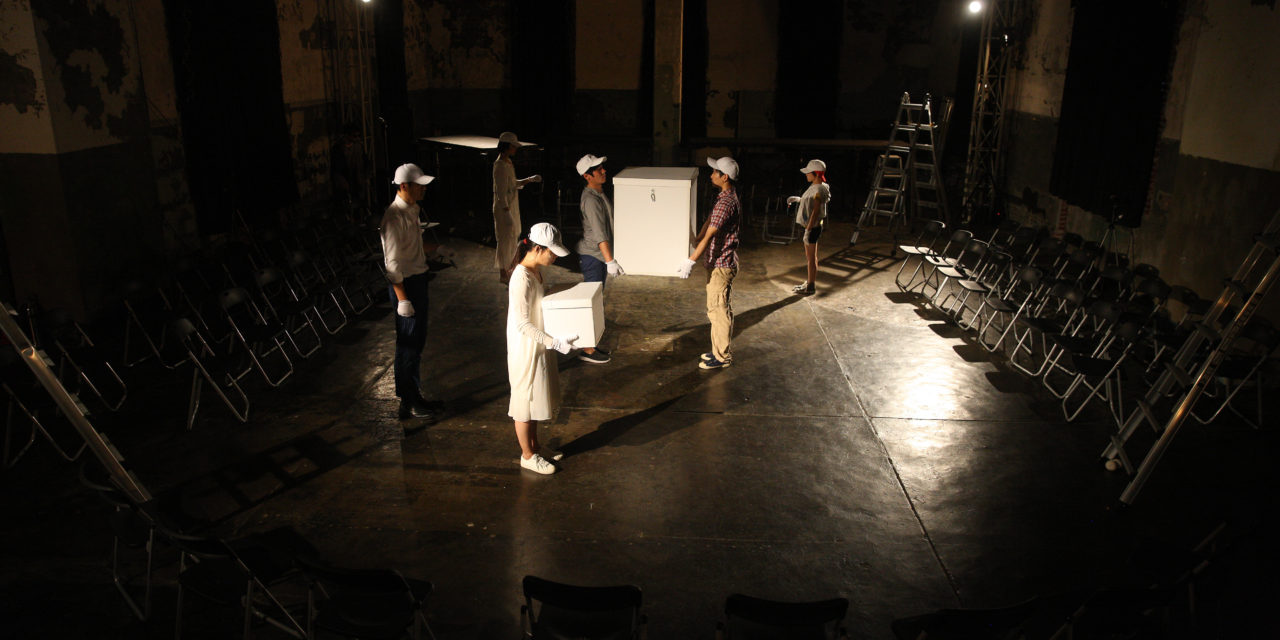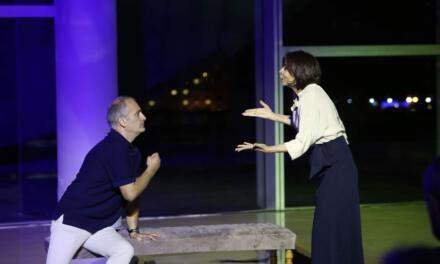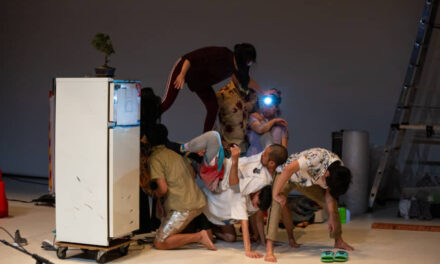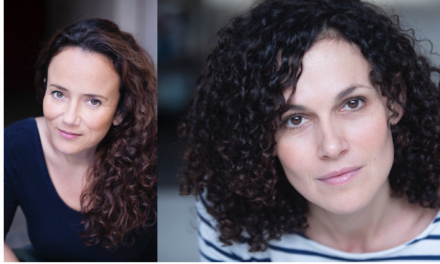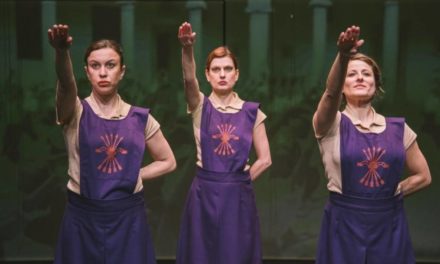It has only been one hundred days into President Moon Jae-In’s administration, but the new government has already done more for the families of the Sewol Ferry disaster victims than its predecessor, which, in line with other forms of media control, had blacklisted artists that dealt with this incident. However, Sewol trauma still runs deep in South Korean society—fears that the state is more likely to forget rather than save lives in danger.
These fears inform the debate around the “memorial classroom” originally set up at Danwon High School, whose students made up most of the casualties. Ten of the school’s forty classrooms were preserved; the desks of the dead and missing students remained “occupied” by their belongings, as well as piles of letters, flowers, and yellow ribbons from their surviving classmates. Two years after the accident, the school and regional board of education requested that the memorial be moved to a dedicated site. Not only did incoming students need to use those classrooms, the remaining student body at Danwon High were haunted by painful memories of the disaster. However, the bereaved parents refused to let the world simply move on. The government still hadn’t provided clear answers on how exactly the cruise liner sank and why the Coast Guard’s rescue operations failed so catastrophically. Tensions mounted in early 2016 when Sewol parents and activists blocked the new year orientation meeting by locking themselves in the school auditorium, as well as when the school attempted (but failed) to forcibly relocate the memorial classrooms without the families’ permission.
A compromise was finally made in August 2016. Currently, the contents of the memorial classrooms are stored temporarily at the Ansan Office of Education until a dedicated building is completed in 2019. For many, the memorial classroom controversy was a particularly divisive issue. While public opinion sided overwhelmingly with the victims’ families and their demand for the truth, people disagreed on whether the classrooms should be used as a space for mourning at the expense of other students.
Unless one reads the marketing material closely, it is easy to miss the fact that Theater Company Nolddang’s Oedipus – Those Who Want to See responds to this sensitive issue. The story of Oedipus—patricide and incest, misjudgment and blind rage—doesn’t exactly speak to the Sewol accident or the widespread protests that followed. Yet the subtle transition from singular to plural in the title hints at why playwright and director Choi Zina chose to adapt Oedipus: this play is more about the chorus, the multifaceted public that seeks Oedipus’ leadership, than the great man himself.
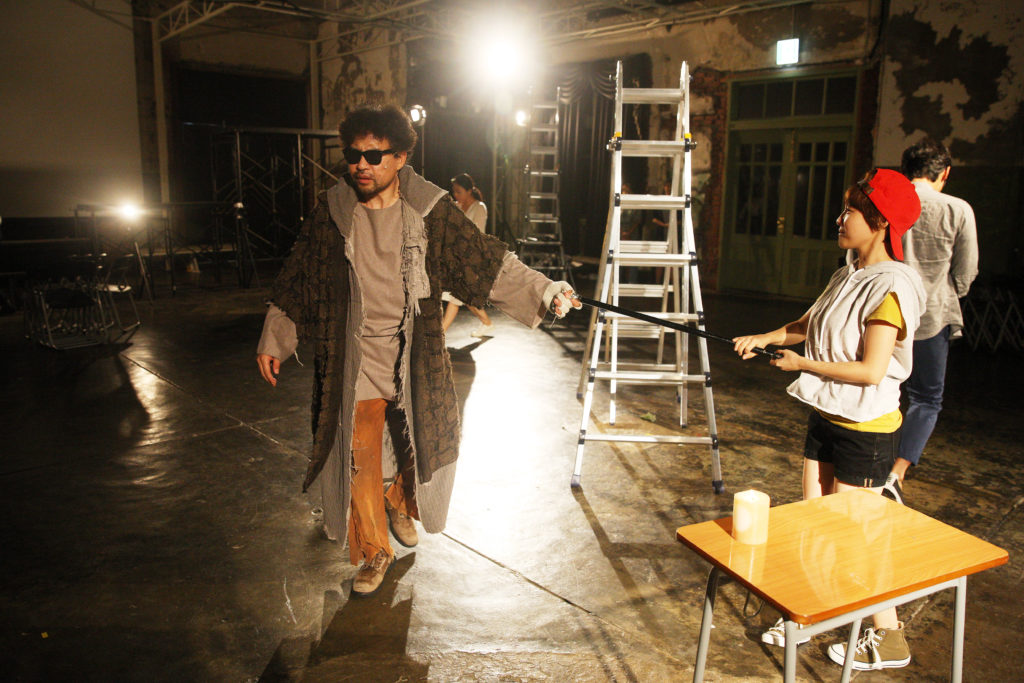
Photo courtesy of Theater Company Nolddang
Upon entering the theatre, I am greeted by an actor in a white dress who says I can walk around freely during the first fifteen minutes of the performance. Behind her, the rest of the cast is warming up or chatting with other spectators while wandering around the space, which is mostly empty aside from a couple of ladders, construction platforms, and school desks. Oedipus eventually appears, but he is already the blind and abject man from the end of Oedipus the King, or perhaps Oedipus at Colonus. Audience members must move out of the way as he gropes about, muttering on about the candlelight vigils that took place right outside the theatre’s walls in downtown Seoul.
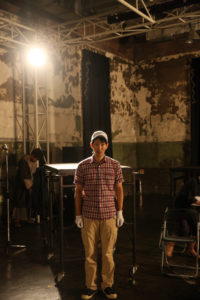
Photo courtesy of Theater Company Nolddang
A young boy (played by a female actor) discovers that the blind, homeless man in rags was once the great savior of Thebes. The rumors spread quickly: maybe Oedipus can help the citizens of Seoul find a way out of death and grief. An actor broadcasts Oedipus on Facebook Live, projected onto the walls for everyone to see. But when Oedipus speaks of the great sacrifices needed to see the truth, the discouraged ensemble shuns him and turns instead to a man in a blue striped suit who represents both Creon and present-day Korean politicians.
At this point, the performance shifts into a new setting. The actors bring out chairs for the audience, which is seated in a circle as if for some kind of impromptu meeting. In the middle of the circle is the school desk. Although Oedipus makes brief appearances to revisit his encounter with the riddling Sphinx, the play now focuses on two pairs of characters caught in the Sewol memorial classroom debate.
Two men, perhaps security staff at the high school or hired construction workers, are tasked with encasing the desks with bubble wrap and boxing them up. They argue over whether relocating the classroom is the right thing to do. Later, they return to the school at night to put the desks back only to discover that Oedipus and the boy got there first, setting the desk out in a public square with a burning candle on top. In another episode, two female school parents try to sway the audience in opposite directions. One of them hands out leaflets to the crowd, demanding that the classroom be returned to the students. The other embraces the lone desk onstage, nervous that no one will care about the lost children once these objects are taken out of sight. Each mother fights for her child’s sake by trying to take custody over the school desk in a desperate game of tug-of-war.
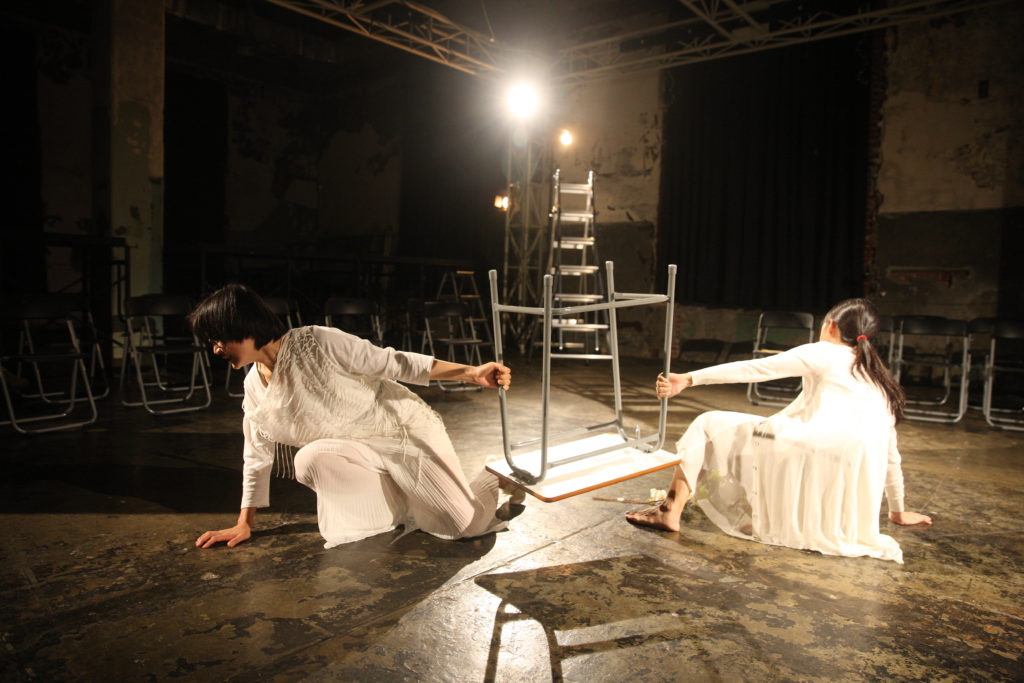
Photo courtesy of Theater Company Nolddang
As it turns out, this adaptation is based more on Antigone than Oedipus. However, Choi reverses the political dynamics of burying and memorializing the dead. While Creon decreed that Polynices’ corpse be left outside as a warning to those who may challenge his authority, the former Korean government attempted to force mourners and protestors of the Sewol disaster out of public spaces. Indeed, the victims’ parents fought against moving the memorial classrooms because it echoed other forms of silencing that they had suffered in the wake of the accident.
In the end, the woman trying to keep the desk in place shares Antigone’s fate of being entombed alive. As construction workers approach, she asks audience members to pull their chairs in closer, forming a human barricade around her. The man in the striped suit, now wearing a safety helmet, tries to reason with her, repeating that a “social agreement” has already been reached. The woman silently kneels on top of the desk and lowers her head—a gesture of silent yet unyielding resistance. The man then starts a forum on this issue, although when I saw the production, he purposefully ignored actual audience members who raised their hands for a chance to speak. Eventually, the construction workers break through the barrier and begin dismantling the desk with power drills. They swaddle the desk top and woman together in bubble-wrap. Mysteriously, the plastic mass begins dripping water that pools on the floor. The bound woman and desk are carefully laid in a large white box and wheeled out of the theatre. The performance ends there, leaving us wondering if we should have intervened, and what may have changed if we did.
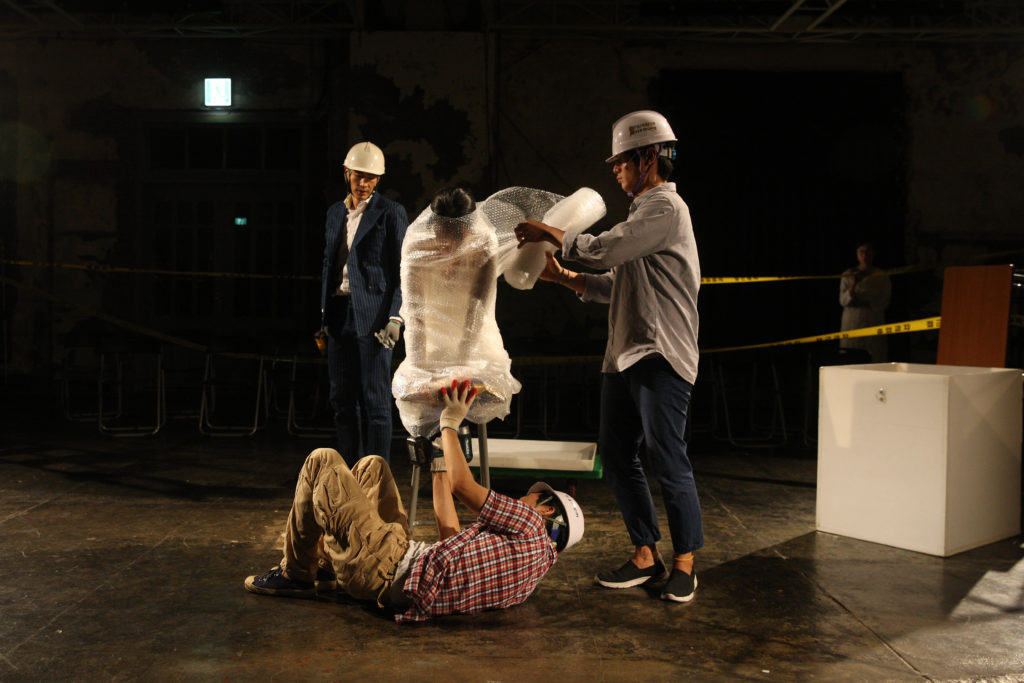
Photo courtesy of Theater Company Nolddang
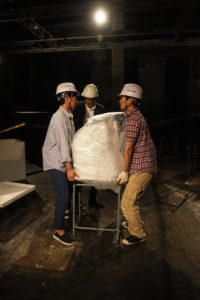
Photo courtesy of Theater Company Nolddang
Oedipus – Those Who Want to See premiered in November last year, several months after the memorial classroom conflict ended amicably. It toured in Romania earlier this year, presenting at the Babel Festival and Atelier International Festival. The government’s attitude towards the Sewol Ferry disaster had completely changed by the time the production was restaged at Culture Station Seoul 284 RTO, a beautiful performance space that used to be the luggage pickup room at the old Seoul train station (now a historic site). However, the conversation on mourning and political resistance that the Sewol incident sparked is ongoing.
Oedipus -Those Who Want to See shows that this conversation has matured significantly in the three years that have passed since the Sewol disaster. Using elements of environmental and participatory theatre, Choi and Nolddang ask us to reflect on the roles that others may play in resolving conflicts between the state and its explicit victims, rather than protest the state directly through art. Furthermore, the play’s willful neglect of its titular character, who is more or less forgotten halfway through, reads as an insightful critique of our own blind faith in leaders and heroes to end the plague for us.
This post was written by the author in their personal capacity.The opinions expressed in this article are the author’s own and do not reflect the view of The Theatre Times, their staff or collaborators.
This post was written by Kee-Yoon Nahm.
The views expressed here belong to the author and do not necessarily reflect our views and opinions.

